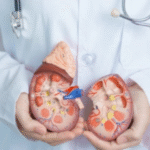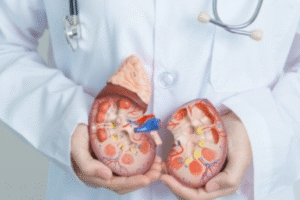
Cardiac catheterization can seem intimidating. But understanding it can ease worry. This procedure helps diagnose and treat heart conditions. A doctor threads a thin tube through blood vessels to the heart. This is similar to how we deal with varicose veins Brooksville experts manage. It’s a crucial tool in modern cardiology. Let’s explore how it works and what to expect.
Understanding Cardiac Catheterization
Cardiac catheterization is a procedure that allows doctors to see how well the heart is functioning. It can help identify blockages, assess heart function, and even treat certain heart issues. The process involves a thin, flexible tube called a catheter. This catheter is inserted into a blood vessel in the arm or leg and guided to the heart.
Why It’s Done
Doctors use cardiac catheterization for several reasons, such as:
- Checking for heart disease
- Assessing heart muscle function
- Identifying blockages in arteries
It’s an essential step in diagnosing heart conditions and can help guide treatment plans. According to the National Heart, Lung, and Blood Institute, this procedure provides crucial information that other tests may not.
The Procedure: Step by Step
The cardiac catheterization process involves several steps:
- Preparation: The patient may need to fast before the procedure. An IV line is placed for medication.
- Catheter Insertion: The doctor numbs the insertion site and inserts the catheter into a blood vessel.
- Guidance to the Heart: Using X-ray imaging, the doctor guides the catheter to the heart.
- Diagnosis and Treatment: The doctor may perform tests, take images, or conduct treatments like angioplasty.
- Completion: The catheter is removed, and the insertion site is bandaged.
Benefits and Risks
Cardiac catheterization offers many benefits. It provides detailed insights into heart health and can prevent severe heart issues. However, like any procedure, it carries some risks. These might include bleeding, infection, or reaction to contrast dye. The Mayo Clinic outlines that these risks are rare and often outweighed by the procedure’s diagnostic benefits.
Comparing Procedures: Catheterization vs. Non-Invasive Tests
| Aspect | Cardiac Catheterization | Non-Invasive Tests |
| Accuracy | High | Moderate |
| Invasiveness | Invasive | Non-Invasive |
| Information Provided | Detailed and Direct | General |
| Recovery Time | Short | None |
After the Procedure
After cardiac catheterization, patients are observed for a few hours. It’s important to rest and avoid strenuous activities. Routine care is more effective after treatment, aiding a smooth recovery. A follow-up appointment with the doctor helps discuss results and plan further care if needed.
Conclusion
Cardiac catheterization is a cornerstone in diagnosing and treating heart conditions. It provides detailed insights that are crucial for effective heart care. Understanding the procedure can alleviate concerns and help patients make informed decisions about their health. With advancements in technology and technique, this procedure continues to be a safe and reliable option for heart health evaluation.














